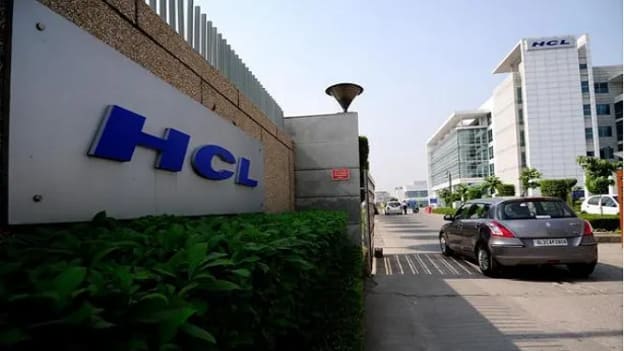HCL: Transformation based on trust, inclusive vision & experimentation

HCL was founded in 1997 but by 2005, the company was losing its market share, and growth was not keeping pace with other global information companies. The managers and CEOs asked Nayar to come and help lead the transformation journey.
With Nayar’s assistance and expertise, HCL grew to become one of India's most expansive global information technology services companies. In 2005, the company was worth $0.7 Bn. By the time Nayar left in 2013, it had grown to a $4.7 Bn global force, with over 85,000 employees in 32 different countries. So how did he do it?
When Nayar was first called in, the company's overarching issue lay in their resistance to innovation and reluctance to upset the status quo. Looking to the Japanese car manufacturing industry for inspiration, Nayar noted that such companies had outperformed their global counterparts by transforming the time it took to construct vehicles. “They had succeeded not only through what they did but how they did it,” Nayar stated. He then began to look for ways to change the company culture from the inside out.
Nayar shared the three-step strategy he implemented at HCL:
- Build trust: “Employees do not trust management,” Nayar stated and, in order to undo this attitude, management must “push the envelope of transparency.” Nayar shared the company’s finances and data with every employee. Through this, all workers were able to see the need for radical change and were motivated to draw together to work for that transformation. “[Trust] can only be created if you’re honest and put out all of your dirty linen so people don’t have a choice,” Nayar said.
- Create a motivating vision: One of the key images Nayar constructed in employees’ minds was the notion that “in five years time, they could say they worked at HCL” and instead of being asked about the nature of the company, they would receive a ‘wow,’ in response. “You want a vision so compelling that people will jump out of bed and climb Mount Everest every day,” Nayar went on to say.
- Don’t launch initiatives, launch experiments: In science and technology as well as in business, Nayar stated, hypotheses should be established, with workers trying their best to then prove these theories. “You have to launch [ideas] as experiments,” in order to create change. Rather than a CEO putting a strategy into practice and hoping it works successfully, every idea should be treated as an experiment that team members can then attempt to prove - or disprove.
Trust was central to these three strategies. In order to engender a culture of trust within the company, Nayar allowed his appraisal to be done by employees confidentially, with the results published on the web for all to see. If his feedback came back below a certain level, Nayar himself promised to resign. In his mind, a low appraisal would mean he “had lost the right to lead this company.” A risky move, perhaps, but as Nayar stated, “If you truly want to transform on a cultural axis, if you truly believe in the idea you want to empower people, and you truly trust your employees, then you have to work for them.” In the end, Nayar had 8 successful years of appraisals, with other managers following suit and opting to have their employees appraise them too. HCL continues to grow, actually outperforming the productivity of Nayar’s time there. “It is the butterflies who run the company now,” he said.
Note: Excerpts from Vineet Nayar’s presentation at SHRM Annual Conference 2019.

















